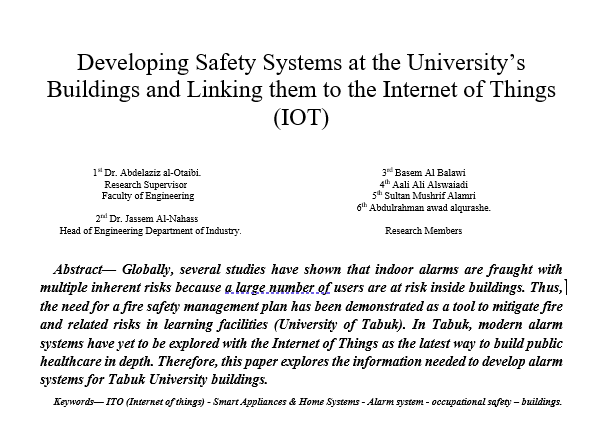تقييم تاثير العصارة المتسربة من مكبات النفايات على خزان مياه غزة الجوفي باستخدام نهج النمذجة pdf
ملخص الدراسة:
Landfills are one of the groundwater pollution sources in Gaza Strip. This study focuses on two landfills operating in Gaza Strip; the first is Dear Al Balah landfill which has a lining system and the second Gaza landfill which does not have lining system. The objectives of the present study are to assess the quantity and quality of the two landfills leachate percolated to the groundwater aquifer, to model the generated leachate quantity, to study the effects on groundwater aquifer quality around the two landfills and to propose mitigation measures. Groundwater samples from 18 boreholes located downstream of landfills in addition to two leachate samples were collected during dry season in November 2008 to study possible impact of leachate percolation into groundwater. Several physical and chemical parameters were tested in groundwater and leachate samples, these include temperature, pH and EC, NO3, NH4, Cl, SO4, BOD, COD, TOC, Pb, Fe, Cu, Cd, Zn. The Geographic Information System (GIS) was used as a tool to illustrate the analyzed result of the pollutant indicators around both landfills in the periods 1995, 1999, 2001 and 2008 respectively. Moreover, this study presents the application of the hydrologic evaluation of landfill performance (HELP) model and Water Balance Method (WBM) for the determination of the annual landfill leachate. Two scenarios were applied on Gaza landfill, using HELP model which are assuming lining system and current state of no lining system. Furthermore, landfill components were analyzed to study their influence on the quantity of percolated leachate to groundwater. The results showed that most of boreholes were contaminated, where concentration of most physical and chemical parameters were above acceptable standard levels required by local and international standards for potable and irrigation water. It is quite evident that landfills present potential threats to the surrounding environment. HELP model indicated that the average volume of leachate discharged from Dear Al Balah landfill in the period from 1997 to 2007 was about 6,800 m3/year while the average volume of leachate percolated through clay layer was 550 m3/year which represent about 8% of the generated leachate. The results for the first scenario of Gaza landfill showed that the average annual volume of leachate discharged and percolated through clay layer were more than 34,000 m3 and around 2,000 m3 respectively which represents about 6.5% of generated leachate while this percentage increased to about 50% when applying the second scenario which represents the reality. WBM indicated that the average volume of leachate discharged from Dear Al Balah landfill in the period from 1997 to 2007 was about 7,660 m3/year. While the average annual generated leachate volume at Gaza landfill without recycle and with 40 % recycle were about 29,000 and 39,000 m3 respectively. So that, the estimated quantity of leachate by the study methods was very closed. The landfills components were ordered in priority according to their effect on percolated leachate through clay layer, (1) Existing of lining system enhances the percolation reduction up to 87%, (2) About 30% reduction of rainfall level enhances the percolation reduction up to 50%, (3) About 50% reduction of existing landfill area enhances the percolation reduction up to 50%, and (4) The absent of recirculation system slight enhances the percolation reduction up to 2.5% than with the availability of recirculation system. The waste depth has no significant effect on the quantity of percolated leachate. The study recommend that new sanitary landfill sites should be designed as an engineering facility to minimize the adverse effects associated with solid waste disposal and to prevent further contamination to surface water, groundwater as well as soil. In case the local authorities decided to continue operating landfills, mitigation measures should be considered at Gaza and Dear Al Balah landfills to minimize the leachate accumulated and percolated to local aquifer such as installation of final cover (cap) and use of vertical expansion not lateral to minimize landfill area. Further studies should be carried out on the two landfills such as conducting contaminant transport model to study the pollutants transport through the soil layers.
توثيق المرجعي (APA)
خصائص الدراسة
-
المؤلف
Alslaibi, Tamer Mousa Diab
-
سنة النشر
2009
-
الناشر:
the islamic university
-
المصدر:
المستودع الرقمي للجامعة الإسلامية بغزة
-
نوع المحتوى:
رسالة ماجستير
-
اللغة:
English
-
محكمة:
نعم
-
الدولة:
فلسطين
-
النص:
دراسة كاملة
-
نوع الملف:
pdf




